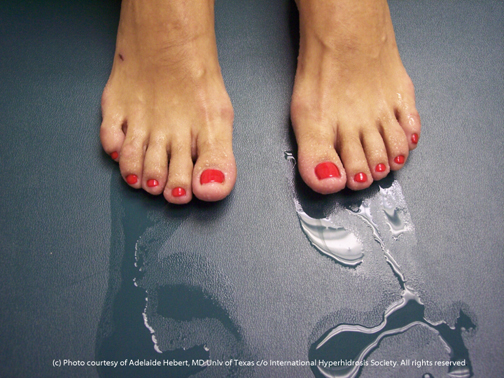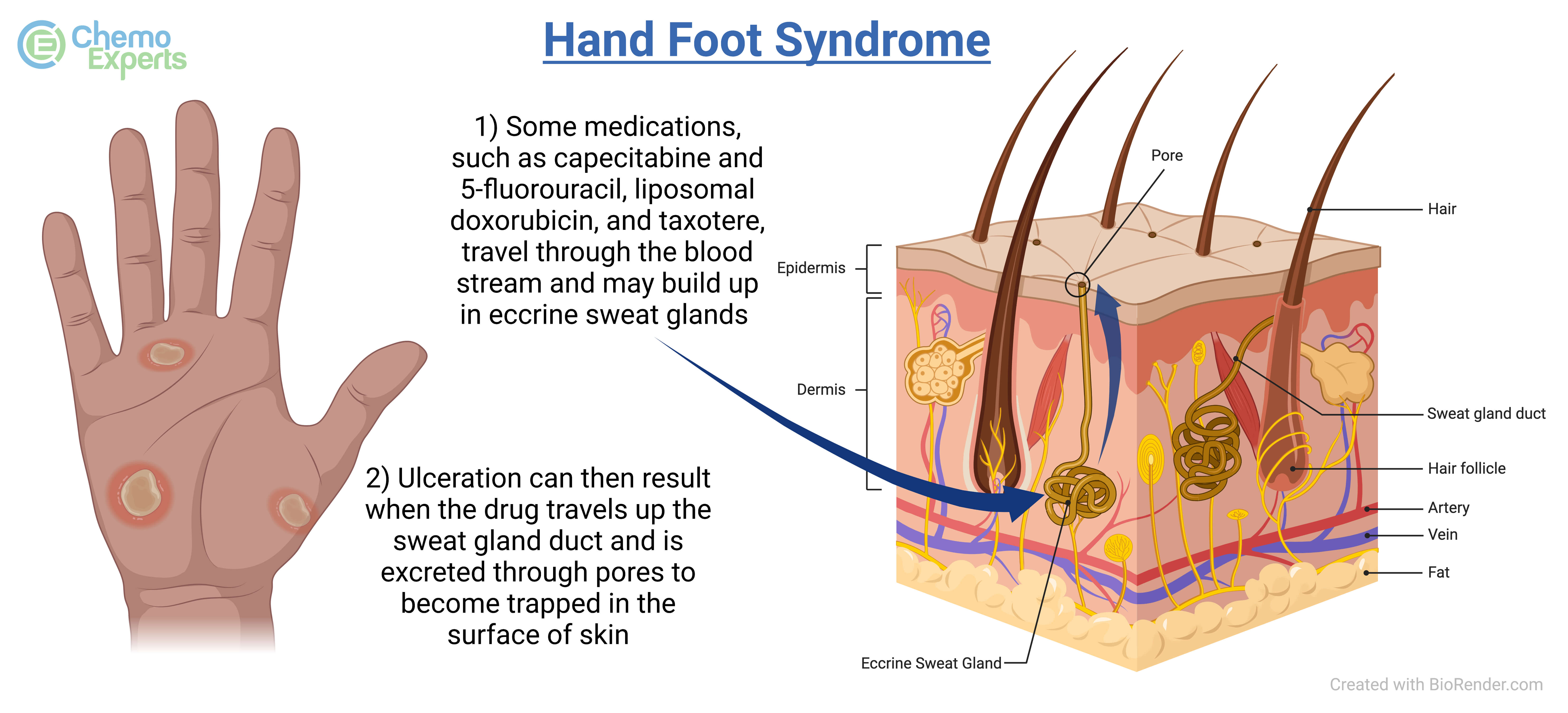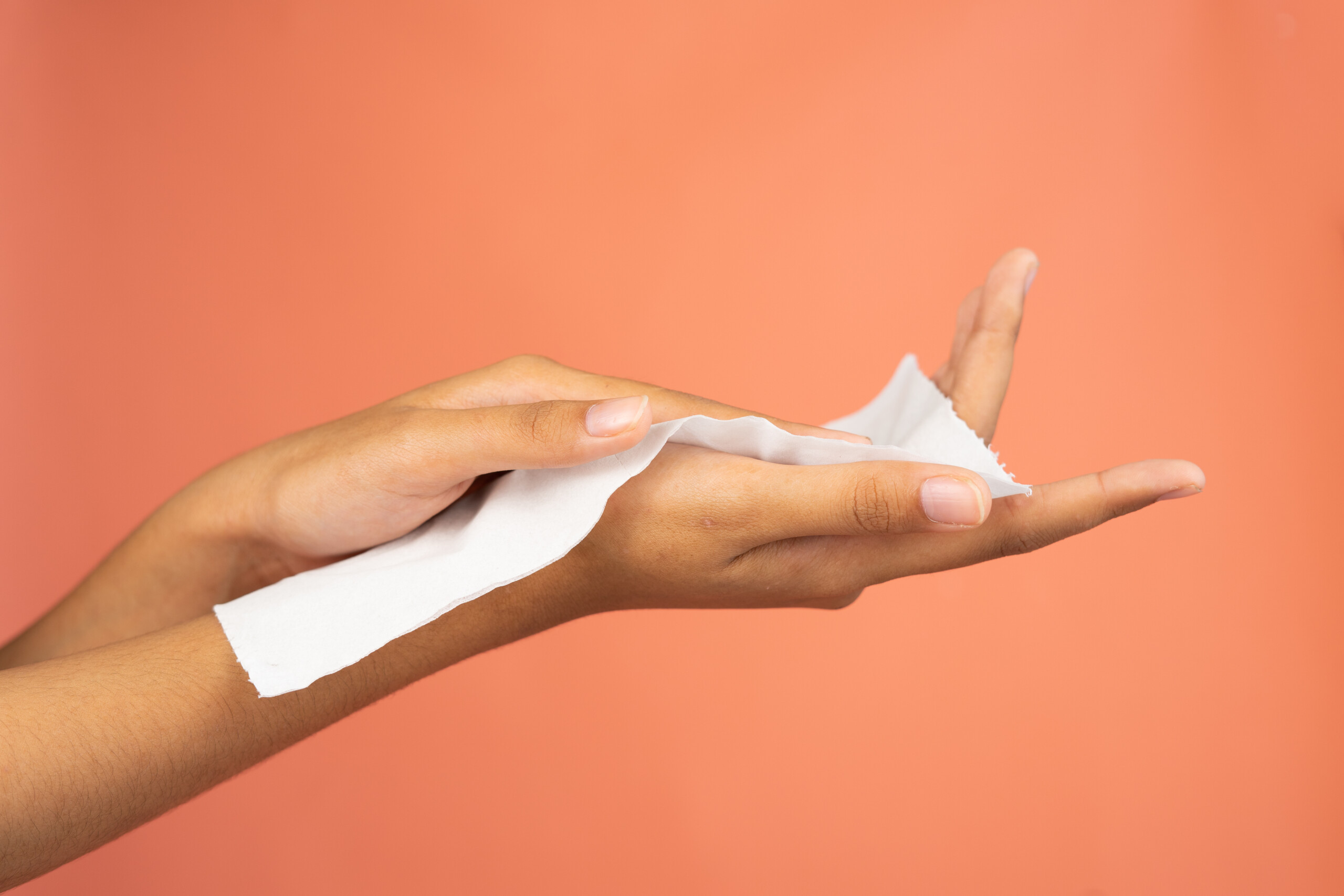Introducing the Complexities of Excessive Sweating: A Comprehensive Guide to Medical Diagnosis and Management
Too much sweating, medically recognized as hyperhidrosis, is a condition that impacts a substantial variety of individuals and can have a profound effect on their top quality of life. While sweating is an all-natural physical function, its overactivity in hyperhidrosis presents a distinct collection of obstacles that often exceed simple discomfort. Understanding the underlying causes, acknowledging the signs, and browsing the analysis procedure for hyperhidrosis can be detailed jobs. In this thorough overview, we will certainly discover the intricacies of hyperhidrosis, from its medical diagnosis to the selection of therapy alternatives available, shedding light on effective management strategies for those grappling with this condition.

Understanding Hyperhidrosis Causes
Hyperhidrosis causes can be credited to numerous aspects such as genetics, hormonal inequalities, and specific medical problems. Genes play a considerable role in key focal hyperhidrosis, where people inherit the condition from their family members. This type of hyperhidrosis frequently manifests in particular areas like the hands, soles of the feet, underarms, and face. Hormonal imbalances, specifically an over active thyroid gland or menopausal changes, can also activate extreme sweating. Additionally, specific medical problems such as diabetic issues, cardiovascular disease, and infections can bring about additional generalized hyperhidrosis. These underlying health issues can disrupt the body's all-natural cooling system, creating the sweat glands to come to be overactive. Recognizing the source of hyperhidrosis is vital in diagnosing and successfully managing this problem. By identifying the certain factors adding to excessive sweating, doctor can customize treatment plans to resolve the underlying cause, using alleviation and enhancing the lifestyle for individuals impacted by hyperhidrosis.
Acknowledging Hyperhidrosis Effects

Additionally, hyperhidrosis signs may show up in emotional and social distress, as individuals might feel embarrassed or distressed regarding their sweating, resulting in evasion of social circumstances (Treatment for hyperhydrosis of hands and feet). Furthermore, repeated episodes of too much sweating can result in skin maceration, fungal infections, and a total reduction in self-esteem
Diagnostic Refine for Hyperhidrosis
Initiating the analysis process for extreme sweating involves detailed assessment of the person's case history and checkup. Asking about the onset, duration, and causes of sweating episodes is essential to distinguish in between key focal hyperhidrosis and secondary generalised hyperhidrosis. Medical history must also include inquiries regarding drugs, medical conditions, and household background of hyperhidrosis.
Throughout the physical exam, specific attention is paid to the areas influenced by sweating. The healthcare copyright may examine the level of sweating, check for indications of underlying problems, and evaluate the effect of sweating on the person's lifestyle. Additionally, specific examinations like the gravimetric examination, starch-iodine examination, or skin conductance measurements may be carried out to evaluate the quantity of sweat produced.
Moreover, in situations where additional hyperhidrosis is presumed, added examinations such as blood examinations, urine tests, and imaging research studies may be recommended to identify the underlying root cause of too much sweating. The analysis procedure intends to properly determine the type and root cause of hyperhidrosis to lead ideal monitoring approaches.
Therapy Choices for Hyperhidrosis
When dealing with excessive sweating, various therapy alternatives are offered to minimize symptoms and improve the person's high quality of life. right here The treatment technique for hyperhidrosis depends upon the seriousness of signs and symptoms and the person's feedback to preliminary therapies.
Topical treatments, such as aluminum-based antiperspirants, are frequently advised as the initial line of defense for managing light situations of hyperhidrosis. These products function by plugging the sweat air ducts, therefore decreasing the quantity of sweat that reaches the skin's surface. For people with much more serious signs and symptoms, oral drugs like anticholinergics might be prescribed to aid reduce sweating. These drugs can have side impacts and are not ideal for everybody.

Effective Monitoring Methods
To properly handle hyperhidrosis, a detailed and customized treatment plan tailored to the patient's specific needs and response to previous treatments is crucial. This strategy might integrate a combination of therapeutic approaches, consisting of way of living adjustments, topical treatments, oral drugs, botulinum contaminant injections, iontophoresis, and in severe instances, medical interventions like sweat gland elimination or sympathectomy. Way of life modifications such as putting on learn this here now moisture-wicking garments, utilizing antiperspirants, and practicing stress-reducing strategies can match medical treatments. Topical antiperspirants consisting of aluminum chloride are frequently the first-line therapy, with more powerful formulations readily available for resistant cases. Dental medicines like anticholinergics may be suggested for generalized hyperhidrosis. Botulinum contaminant shots work for focal hyperhidrosis, giving momentary relief by obstructing the release of acetylcholine. Iontophoresis, entailing using a reduced electrical existing to decrease gland activity, can be valuable for both palmoplantar and axillary hyperhidrosis. Surgical choices are typically scheduled for severe, refractory situations and require cautious factor to consider of advantages and risks. A multidisciplinary method entailing skin doctors, main care physicians, and, if needed, cosmetic surgeons, can enhance the management of hyperhidrosis.
Conclusion
In final thought, hyperhidrosis is a problem identified by too much sweating, which can greatly impact an individual's quality of life. By comprehending the causes, acknowledging the signs, and going through the analysis process, doctor can properly handle this problem. Therapy alternatives consist of topical medicines, oral medicines, injections, and even surgical procedures in extreme instances. With correct medical diagnosis and administration methods, individuals experiencing hyperhidrosis can discover relief and boost their total health.
Extreme sweating, medically known as hyperhidrosis, is a problem that affects a substantial number of people and can have an extensive influence on their high quality of life. By identifying the certain aspects adding to excessive sweating, healthcare companies can tailor treatment plans to address the underlying cause, providing alleviation and boosting the top quality of life for individuals affected by hyperhidrosis.
Hyperhidrosis, identified by excessive sweating past what is needed for regulating body temperature level, can considerably influence an individual's top quality of life. Asking concerning the onset, period, and triggers of sweating episodes is critical to distinguish in between primary focal hyperhidrosis and second generalized hyperhidrosis. Treatment for hyperhydrosis of hands.In conclusion, hyperhidrosis is a problem identified by excessive sweating, which can substantially impact an individual's top quality of life